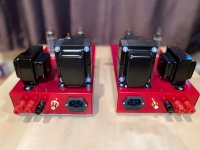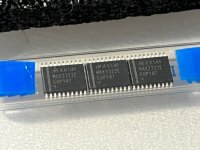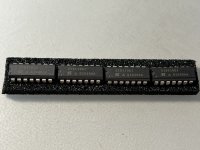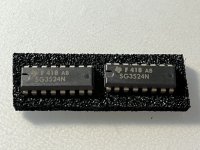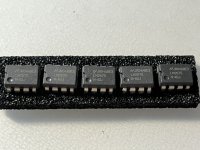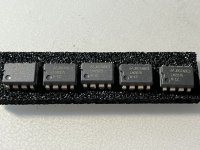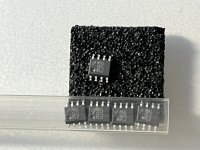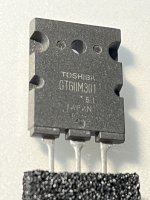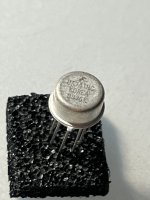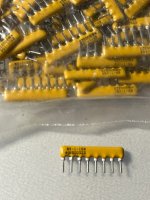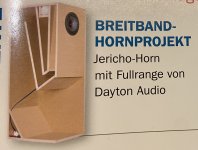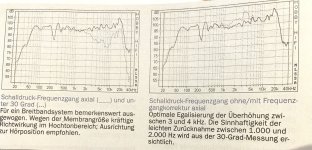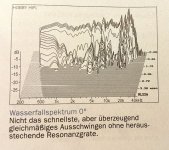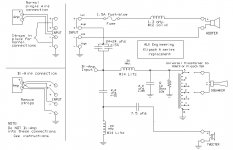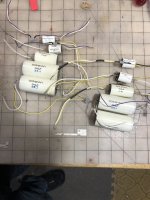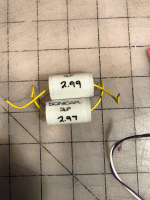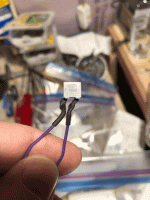Hi all,
Long time since I've posted here, I went off and wrote TcMenu Arduino framework that I suspect a few here may have used to build their menu systems. However, instead of helping others build their firmware, I now find myself needing a bit of help with PCB design.
Background:
I have this long-term project that I've been trying to start on for a while now, to build a high-quality but small system for my office. My plan is to do this in phases, this amplifier was the first phase, and also my first attempt at building my own PCB. For context this amp was designed for desk based sattelite speakers with a separate sub.
Before building I checked the schematic carefully against the reference design (several times), I believe it to be correct. Then, after building the circuit board, ensuring all devices were in the right way around, all wiring was correct, etc.
Situation:
I failed at the first hurdle but as the saying goes, but the only real failure is one that you don't learn from. So, I'll explain what happened here and what I've drawn from that in the hope anyone has any other ideas that could have caused this issue. This is all a case of closing the door after the horse has bolted but I wanted to discuss this before another cycle.
Known Mistake 1: So firstly, and rather embarrassingly, I embarked on this with the soldering iron tips in bad condition, they had all slightly tarnished at the end, and instead of replacing them, I tried to push through, I believe was mistake #1.
Known Mistake 2: Layer 2 (back) was a ground layer, I did not leave any thermal relief around the pads, which resulted in great difficulty soldering, combined with mistake 1, I believe this really compromised the build, and I think this renders the PCB useless. No matter how much I tried to resolder the joint at higher temperatures, I could not get a good result.
On powering up the board, with the chip in standby all seemed to work and voltage read off as expected, but on activating standby and mute pins, the device it basically kept tripping my bench top PSU into over current mode (24V, 3A) . Further, whenever I pressed on the board with a plastic stick near any of the ground connections, a distorted signal was output through the speakers and then it would trip again. I was using a pico scope to output a 1khz signal, and looking at the output on another channel, when I pressed on the ground, a somewhat distored output appeared for a short time.
Here are two screenshots, one of the schematic, one of the errors I immediately noticed on the PCB, unless someone can see an obvious error that I have missed, I think the amp is very close the reference design.
Many pin holes had no relief.
I've since made sure that all fill areas have proper relief, and I've also taken the opportunity to do a bit of other re-routing to reduce feedback/bootstrap loop length (as I am pretty confident the first PCBs are not usable). But please be honest, is this design even worth continuing with?
BTW if anyone else was interested in this project, I'd be happy to put it onto GitHub and collaborate on it, eventually I'd like to get it to a point where it had small sattelite speakers, a sub, both analog and digital in with USB Audio, and a TcMenu/EmbedControl based control system.
Thanks,
Dave

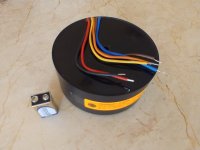
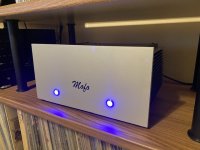
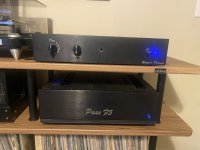

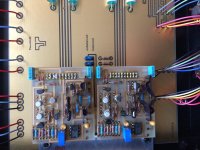
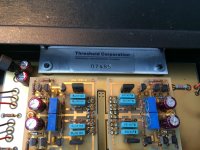
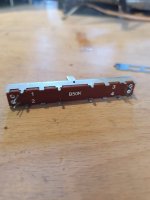
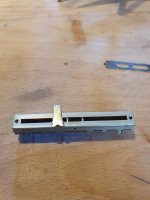
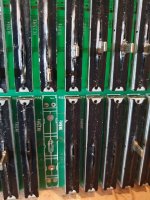
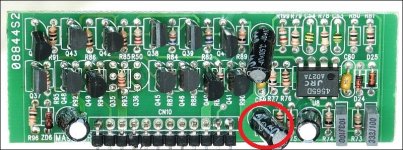
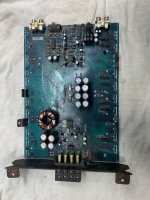

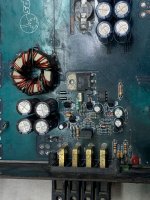
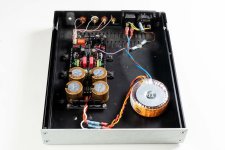
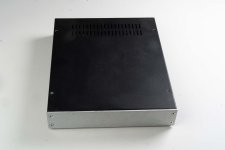
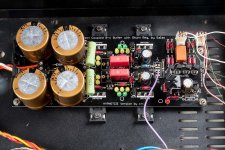

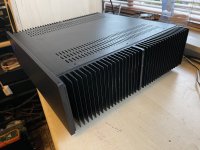
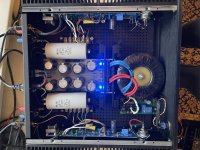
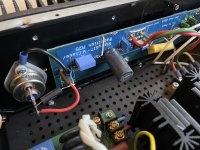
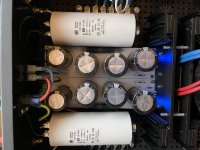
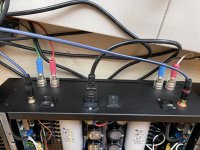
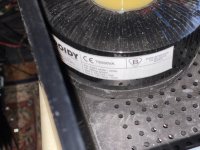
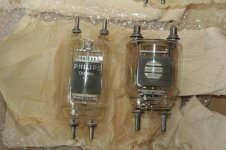
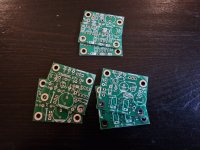
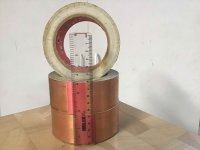
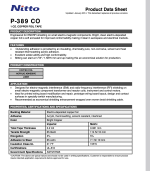
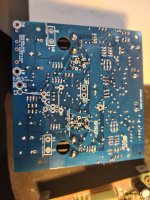
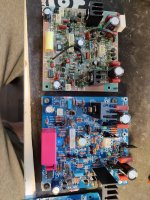
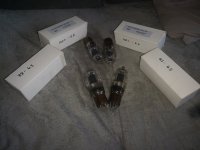
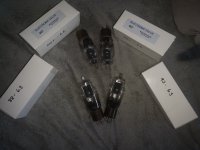
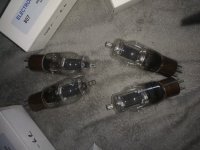

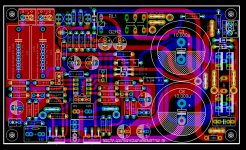
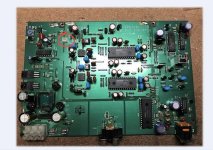
![20231021_130923[1].jpg](/community/data/attachments/1133/1133994-3c65027d03e205fe3b4b86b7cc079298.jpg?hash=PGUCfQPiBf)
![20231021_130845[1].jpg](/community/data/attachments/1133/1133995-262e9c0c9bdf3cc8ed9fc0ab22088ebc.jpg?hash=Ji6cDJvfPM)

